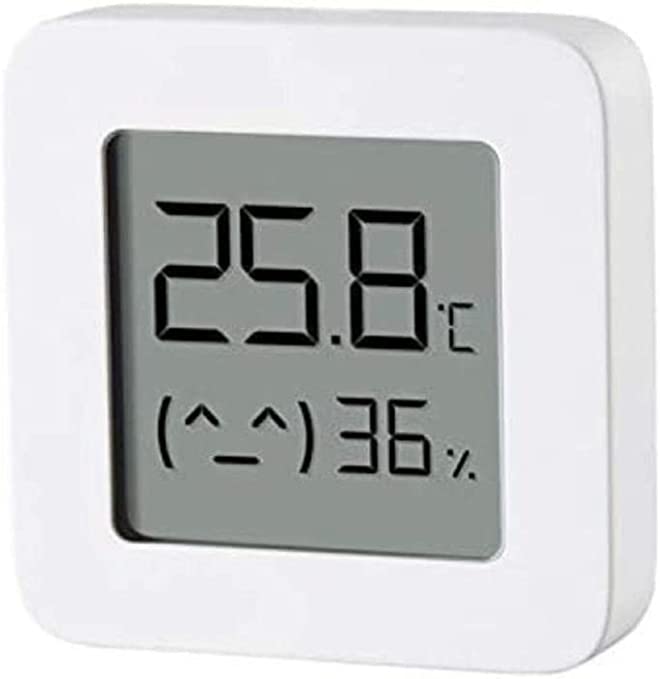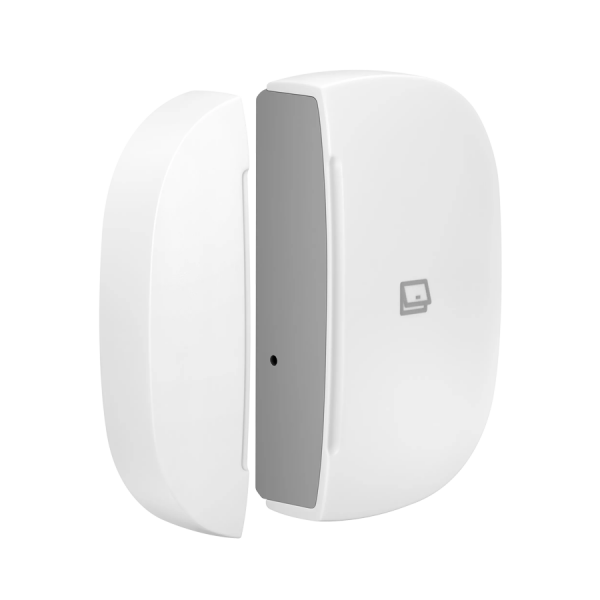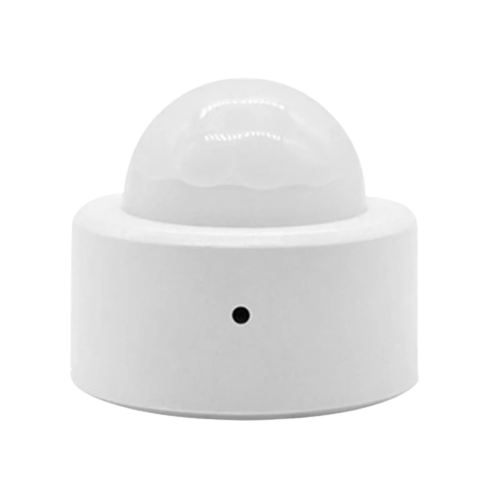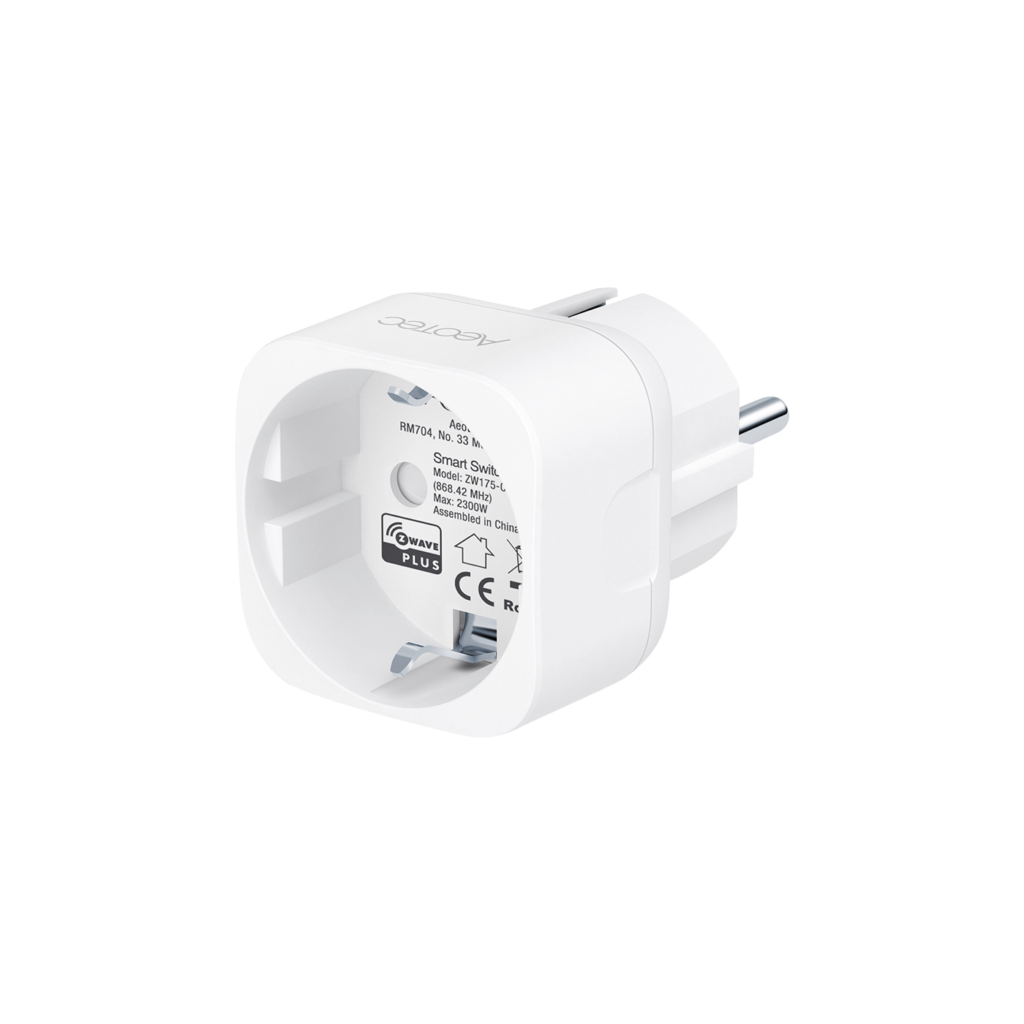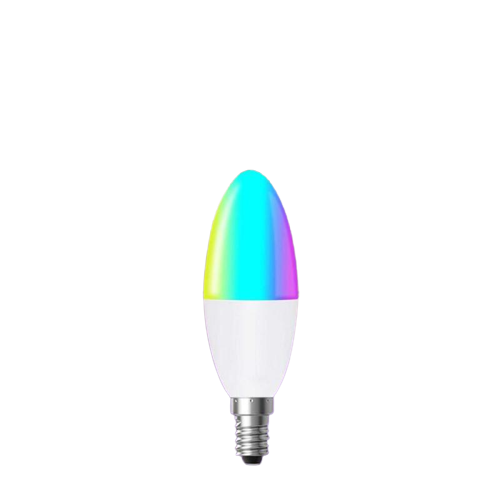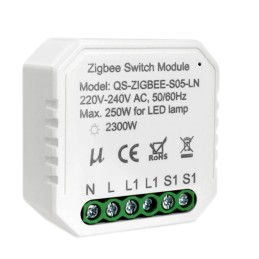Smarthome for starters (part 2)
Introduction
In previous part, the base of a smart home has been considered and how this base can be executed.
However, components must also be added to this, so that your own house can also perform work. These are mainly divided into the following groups:
- Actuators => actuators are terminals, which are certain works or execute orders. Actors are getting from a system controlled. These can be, for example, lamps, vacuum cleaners or Be heater regulators.
- Sensors => sensors define the “sinne” of the house. Sensors take the environment was and let the house react to it. A sensor is, for example, a thermometer or door/window sensor.
- input devices => input devices are the only devices which allow people directly into the behavior of the Smarthome to intervene. An input device can also be considered as a sensor, but is usually defined by people’s “wanted” immediate action. An example of an input device is, for example the light switch or speech assistant.
Each Smarthome system builds on these three device groups. In
I would like to comment on some devices and on what to do
should respect these groups.
Here and there I also place products
which I have been using for a long time and with which I personally
I am satisfied. Since there is not necessarily a lot of choice in the “favourable”
Where data protection continues to be important, this is
Blog the right point of contact if you want your data
interessierst. No manufacturer has to know when and where you are home.
In one of the following blog posts, I will get myself with it
consider what manufacturers from the data they use by users
learn how to get and what risks to users
could arise (from the data unauthorized third parties could
See example when people are home and when not).
Main part
Below we look at some devices in a smarthome in the normal case, most likely occur and consider what to consider. At the same time, I also give some product recommendations for different Application.
Sensors
Thermometer
As described at the beginning, sensors show the surroundings of your apartment. A sensor should observe the apartment and report changes. A sensor that does not really lack in a smart home is probably that Thermometer.
These are available in a variety of designs and often also as part of other devices (even if this does not always have to be sensible).
For me, thermometers should always be used remotely from heating sources or should be attached to respective reference locations.
If a thermometer sits directly next to the radiator, then the heating flows the thermometer and inaccurate values are the sequence.
I use the Bluetooth LE thermometer from Xiaomi (Xiaomi Mijia 2). These have an excellent price-performance ratio, communicating encrypted and the battery lasts about 1 year. Furthermore, the humidity and a small smiley are displayed on the built-in display. As a result, I can not only further process the data in my home assistant, but at the same time also just look at the display itself and see, for example, that I should ventilate the room.
To use this sensor, a Bluetooth LE capable gateway is required.
Window/door contacts
Contact sensors can be used for infinitely many things. In addition to the obvious applications, the control of door and window, for example cabinets, devices, garage doors and much more can be monitored to trigger automation. For example, a sensor can be used on a washing machine to remind residents at regular intervals to hang up the laundry. Once the washing machine has been opened, the alarm is disabled. Furthermore, night lights and alarm systems can also be controlled thereon.
Here you should consider whether you choose these devices with battery or fixed connection. Because of the structural situation, I only use wireless sensors. These should normally last up to 1 year, and I can also confirm this for sensors that are not used. For much-used doors, however, the sensor just raised six months, which disturbs me a little. In addition to the costs for the batteries, it is not as good as environmental technology.
Otherwise, the sensors used by AEOTEC (AEOTEC Multipurpose Sensor), highly recommended. Unlike many other sensors, they also recognize whether the window is tilted, they also have a vibration sensor and a thermometer. However, I do not use the thermometer as these are directly on the window and display falsified values at the latest when the window is opened.
A cable-bound alternative would be, for example this sensor. However, these are extremely basic. It's not more than a magnetic contact. Cable-connected solutions, with the range of functions like the AEOTEC sensor, are unfortunately very rare.
To use this sensor, a ZigBee gateway is required.
Movement detection
There has been a change here for a relatively short time. In the
Motion detection was primarily possible to date
use so-called PIR sensors. These use infrared to
Person to recognize. This technique also works, but only if
the object moves. The problem that the light again
if you don't move, you probably know as well as
everyone.
I am currently using theMini motion detector. The motion detectors are hardly larger than one
Button cell and can be hidden anywhere. This version has
also a built-in light sensor.
Examples of alternatives are the Sensors from Sonoff.
What?
but works much better (but is also much more expensive) are the
Microwave sensors from Aqara (FP 1) – this is officially not in
Germany available. However, this sensor can also rest objects
recognize (but leaves objects such as couch / cabinet etc. unrecognized).
This allows a much more accurate identification of people. Further
as with PIR sensors, zone detection is also present.
To use this sensor, a ZigBee gateway is required.
Actors
Actors perform activities within the Smarthome. In my I have currently switched sockets and lighting equipment, as well as relais and roller shutter switch installed. In the following Selection. As with the sensors, I'll give a short time here Overview, iin following blog posts I go deeper into the individual components.
Plugs
Switchable sockets have been the most important for me. In addition to the switching function, I also have the possibility to keep an eye on my power consumption and the !per socket! – If I were to monitor the respective fuse (which is also simply possible), I could only see per circuit how much I consume, but since I monitor the sockets in each case, my consumption measurement is much more finely resolved.
It was important for me that the outlets fit everywhere. Accordingly, I needed a solution as small as possible, which I had with the AEOTEC Smart Switch 7 also found. These sockets are in any case a little more expensive, but in this case I was the safe use and the design of the high price value. As can be seen in the picture, the plug is hardly larger than a socket socket. Switches do not consume their own space and have a minimum overhead of just 4cm.
Furthermore, each switch has a manually controllable RGB LED, which can also serve, for example, as night light or status display.
The socket can also monitor consumption and voltage.
There are cheaper alternatives for example by Aqara, but these are significantly larger and do not look so good by far.
For use Smart Switch 7 a ZWAVE capable stroke or a ZWAVE stick is required. The stick is also available directly in the Bundle with socket.
Lamps
For lighting I have the cabling of my entire apartment
changes and ensures that each lamp has a permanent tension.
As a result, each switch is now decoupled from the respective light source
and can (or is) be used for different purposes.
The
illuminants, which I use, I have back on local connection
respected. All my luminaires use ZigBee and form among themselves
a mesh, which is why my ZigBee network inside the apartment super
works quickly and reliably.
I use for lighting
RGB+CCT bulbs, as I normally use warm white light and
this should be present for me as a dedicated lamp. This
I have a much better color and efficiency is also better.
I use These lamps,
which in relatiuon to the most favorable lighting means, which smart
can be controlled, a little more expensive. These use
ZigBee.
Relay
I personally like it when technology is installed which one does not
see. My apartment does not look at that absolutely everything smart
is when you look off a tray on the wall. It will be normal
Switch used, normal looking lights, without logo and also otherwise
there is nowhere technology that could reveal that the entire
Apartment Smart is.
To realize this, I use for my switches Relay, which I put in the switch box. The same applies to my roller shutter switch.
The
relays are connected only to the home network and to the switch and
report the respective status to my home assistant. Automations
then decide how to proceed with the signal, so that a
Switch to perform several tasks or I can also
ignore.
The only disadvantage of this construction is that
a failure even the luminaires no longer work. In the year where
the installation is running, but this has not even happened.
In order for the roller shutter module or relays to function, a ZigBee gateway is required.
Final
I use some more devices in my installation, sometimes
also built on the basis of an ESP32 or ESP8266
Reading current meters by modbus, still water sensors
and small appliances such as Aqara Cube.
These
whole systems and devices help me with my home many
to put on different things and to implement things in a
Conventional (and also in many “smart” apartments) not possible
are (e.g. the dynamic occupancy of switches). Some switches
I also turn plugs or vacuum cleaners :).
In
following posts I will deepen a few more devices
show advantages and disadvantages. With time
a general understanding of what to do with Smarthome devices
Please note. Because just your own home should be a place at
everything works as you imagine. No maker
or third parties should set limits here.
Back…
